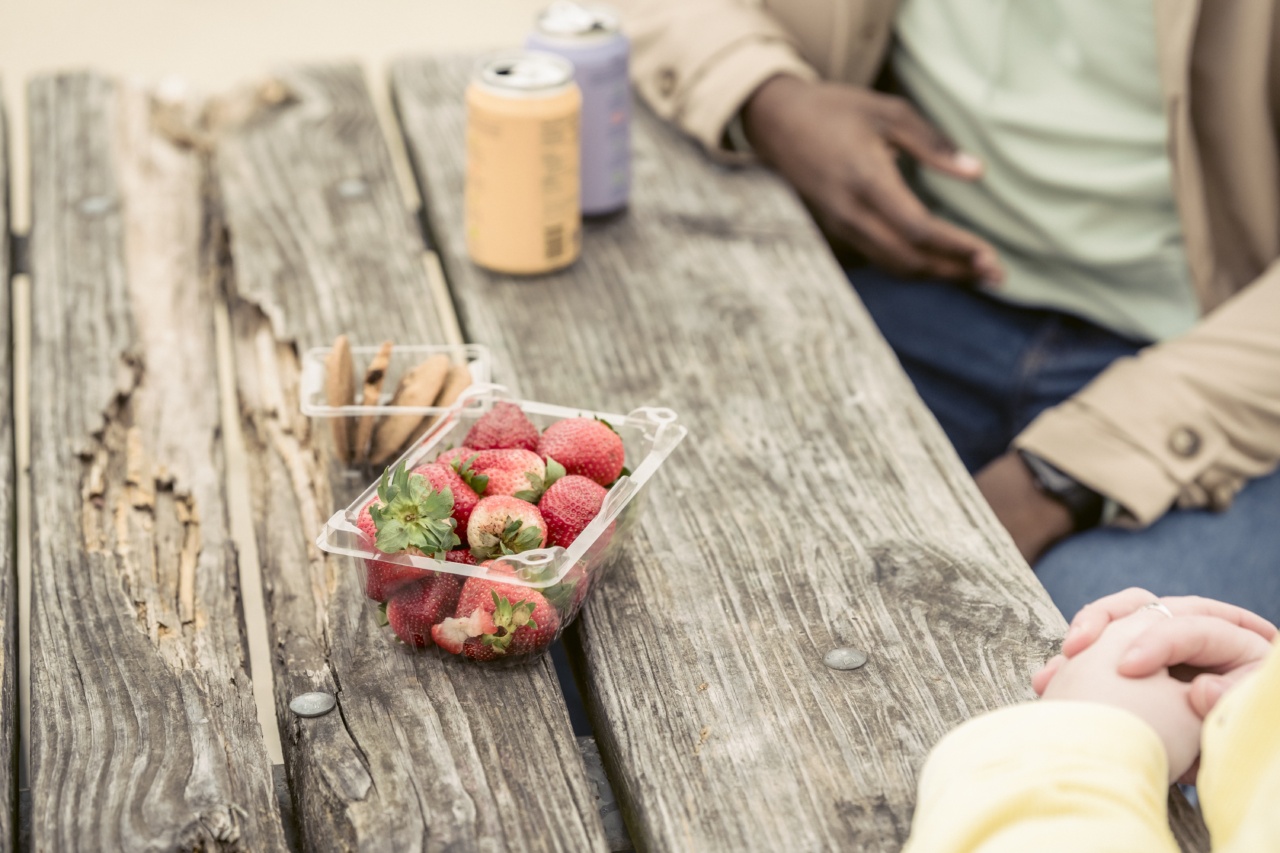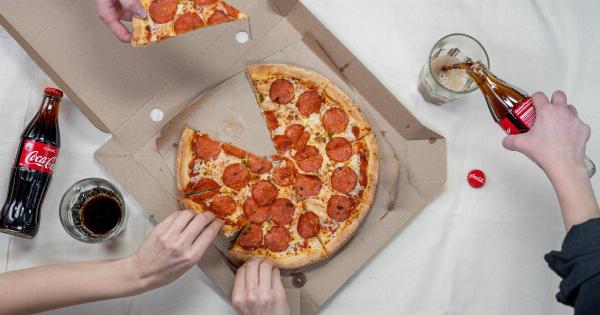Reheating leftovers is a common practice for many people. Whether you’re warming up last night’s dinner or enjoying a quick microwave snack, reheating food can be a convenient way to enjoy a meal.
However, there are concerns about the safety of reheating food multiple times. In this article, we’ll explore the topic of reheating food and answer the question—how many times can you do it safely?.
Understanding Food Spoilage and Bacteria Growth
Food spoilage occurs when there are changes in the taste, texture, or appearance of food. These changes are typically caused by the growth of bacteria, which can multiply rapidly under certain conditions.
When food is not stored or reheated properly, bacteria can quickly multiply, leading to potential foodborne illnesses.
The primary concern when reheating food is the growth of bacteria. Bacteria thrive in temperatures between 40°F (4°C) and 140°F (60°C).
This temperature range is known as the “danger zone.” If food remains in the danger zone for too long, bacterial growth can occur, making the food unsafe to eat.
Is It Safe to Reheat Food?
Reheating food is generally safe, as long as it is done correctly. The key is to ensure that the food reaches a temperature of at least 165°F (74°C) to kill any bacteria that may be present.
This can be achieved by using a food thermometer to check the internal temperature of the food.
It is important to note that not all foods can be safely reheated multiple times. Some foods, especially those high in protein, can be more susceptible to bacterial growth. These include meat, poultry, seafood, eggs, and dairy products.
How Many Times Can You Safely Reheat Food?
The number of times you can safely reheat food depends on several factors, including the type of food, how it has been stored, and how it is reheated.
1. Type of Food
As mentioned earlier, certain foods are more prone to bacterial growth. Foods high in protein, such as meat and poultry, are particularly susceptible.
It is generally recommended to consume these foods within 3-4 days to minimize the risk of bacterial growth.
2. Storage Method
The way food is stored plays a crucial role in its safety when reheating. If food has been stored properly at a safe temperature (below 40°F/4°C), the risk of bacterial growth is significantly reduced.
Proper storage includes covering the food, placing it in a refrigerator, and keeping it away from other raw foods.
3. Reheating Technique
The way you reheat food also affects its safety. It is important to heat food thoroughly and evenly. Microwaving, stovetop reheating, and oven heating are all common methods.
Regardless of the method, it is essential to ensure that the food reaches a temperature of at least 165°F (74°C) throughout.
Repeatedly reheating food increases the likelihood of bacterial growth. It is generally recommended to reheat food only once and consume it immediately. If leftovers are not consumed after reheating, it is best to discard them.
Best Practices for Reheating Food
To ensure the safety of reheated food, here are some best practices to follow:.
1. Refrigerate Properly
Store leftovers promptly in an airtight container and refrigerate them at a temperature below 40°F (4°C).
2. Reheat Thoroughly
Make sure the food is heated evenly and reaches a temperature of at least 165°F (74°C) throughout. Stirring food in between heating cycles can help with even heating.
3. Avoid Overcooking
Overcooking food can result in a loss of nutrients and taste. It’s important to find a balance between reheating thoroughly and not overcooking.
4. Discard Leftovers
If you have reheated food and it is not consumed, it is best to discard it rather than saving it for later reheating.
Tips for Reducing Food Waste
While reheating leftovers is a convenient way to enjoy meals, it is also important to consider ways to reduce food waste. Here are some tips:.
1. Plan Your Portions
Cook only the amount of food you need, taking into account the number of people you are serving. This reduces the chances of having excessive leftovers.
2. Refrigerate and Freeze Properly
Properly store leftovers by refrigerating them promptly or freezing them for longer-term storage. This helps maintain their quality and safety.
3. Get Creative with Leftovers
Instead of simply reheating leftovers as they are, consider transforming them into new dishes. This can make leftovers more exciting and reduce the risk of bacterial growth from repeated reheating.
4. Donate Excess Food
If you have leftover food that you know you won’t consume, consider donating it to local food banks or shelters. This ensures that the food does not go to waste and helps support communities in need.
Conclusion
Reheating food is generally safe when done correctly and in moderation. The number of times you can safely reheat food depends on several factors, including the type of food, how it has been stored, and how it is reheated.
Remember to store leftovers properly, reheat them thoroughly, and discard any uneaten reheated food. By following these guidelines and practicing proper food safety measures, you can enjoy reheated meals without compromising your health.



























